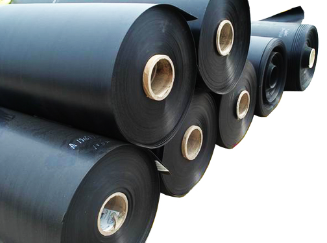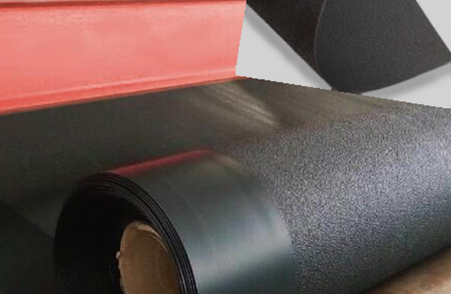- Understanding the Role of Geomembrane Liners in Waste Management
- Innovations in Geomembrane Liners for Water Management
- Geomembrane Liners: A Comprehensive Guide
- The Future of Geomembrane Liners in Civil Engineering
- Geomembrane Liners: Enhancing Landfill Stability
Manager:
WhatsApp:+86 177 0135 2670
Tel:+86 177 0135 2670
Email:marketing@okorder.com
Address:3rd Floor, No.2 Building, No.1 Sanlihe Road
What is the use of HDPE geomembrane?
Introduction
Geomembranes play a vital role in various civil engineering and environmental protection applications. Among the different types available, high-density polyethylene (HDPE) geomembranes stand out for their exceptional properties and versatility. In recent years, composite geomembranes, which combine different materials for enhanced performance, have gained significant attention in the industry. In this article, we explore the uses of hdpe Geomembranes and delve into the advantages they offer in various applications, while also touching upon the role of composite geomembranes in modern engineering projects.

Understanding HDPE Geomembrane
HDPE geomembranes are synthetic sheets manufactured from high-density polyethylene resin. These geomembranes exhibit excellent chemical resistance, mechanical properties, and durability, making them suitable for a wide range of applications. They are produced through a process of extrusion, which results in a smooth, impermeable membrane capable of containing liquids and gases.
Applications in Environmental Protection
One of the primary uses of HDPE geomembranes is in environmental protection projects. These geomembranes are extensively utilized in the construction of landfill liners and caps. By providing a barrier against leachate migration and preventing contamination of soil and groundwater, HDPE geomembranes contribute to the safe management of solid waste disposal sites.
Water Containment Systems
HDPE geomembranes are also integral components of water containment systems. Whether it's for lining reservoirs, ponds, or canals, these geomembranes offer reliable containment solutions. Their impermeable nature helps prevent seepage, reducing water loss and maintaining the integrity of water storage structures.
Advantages in Mining Applications
In mining operations, where containment of hazardous materials is paramount, HDPE geomembranes play a crucial role. They are used in heap leach pads, tailings ponds, and other containment facilities to prevent the release of potentially harmful substances into the surrounding environment. The puncture resistance and chemical inertness of HDPE geomembranes make them well-suited for these demanding applications.
Geomembranes in Aquaculture
Aquaculture, the farming of aquatic organisms, relies on secure containment systems to maintain optimal conditions for growth. HDPE geomembranes are employed in aquaculture ponds to prevent seepage and ensure water retention. Their smooth surface minimizes friction, facilitating easy installation and maintenance of pond liners.
Composite Geomembranes: Enhancing Performance
Composite geomembranes represent a technological advancement in geomembrane engineering. These geomembranes consist of multiple layers, each contributing specific properties to enhance performance. While HDPE geomembranes form the core layer, composite geomembranes may include additional layers such as Geotextiles, geonet, or geocomposites.
Improved Strength and Stability
One of the key benefits of composite geomembranes is their enhanced strength and stability compared to single-layer geomembranes. By incorporating reinforcing materials such as geotextiles or geonets, composite geomembranes can withstand higher loads and provide better resistance against punctures and tears.
Enhanced Chemical Resistance
Composite geomembranes offer superior chemical resistance by combining the chemical inertness of HDPE with additional barrier layers. This feature is particularly valuable in applications where exposure to aggressive chemicals is a concern, such as industrial containment facilities or hazardous waste containment.
Tailored Solutions for Specific Applications
The versatility of composite geomembranes allows engineers to tailor solutions to meet the specific requirements of different projects. Whether it's designing a landfill liner with enhanced puncture resistance or a reservoir lining system with improved filtration properties, composite geomembranes offer flexibility in addressing diverse engineering challenges.

Conclusion
HDPE geomembranes, along with composite geomembranes, play indispensable roles in various civil engineering and environmental protection applications. Their impermeable nature, mechanical strength, and chemical resistance make them essential components of modern infrastructure projects. As technology continues to advance, composite geomembranes offer further opportunities to enhance performance and address evolving engineering needs. By understanding the uses and advantages of HDPE geomembranes, engineers can make informed decisions when selecting containment solutions for their projects."
- Previous:What are the mechanical properties of geomembrane?
- Next:What is a geomembrane for canal lining?
-
2024-06-13Geomembrane is not plastic cloth






